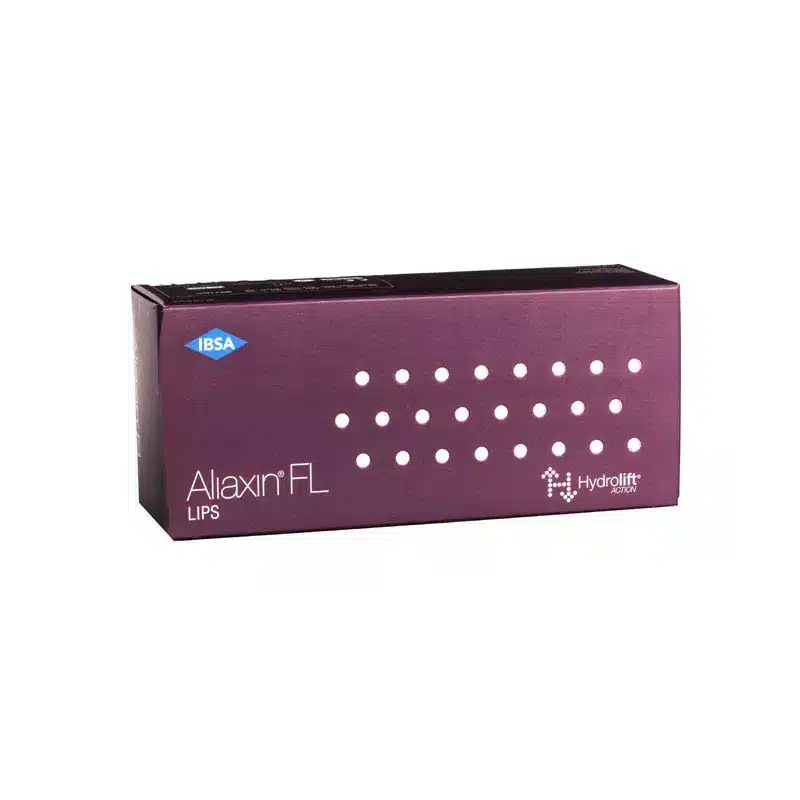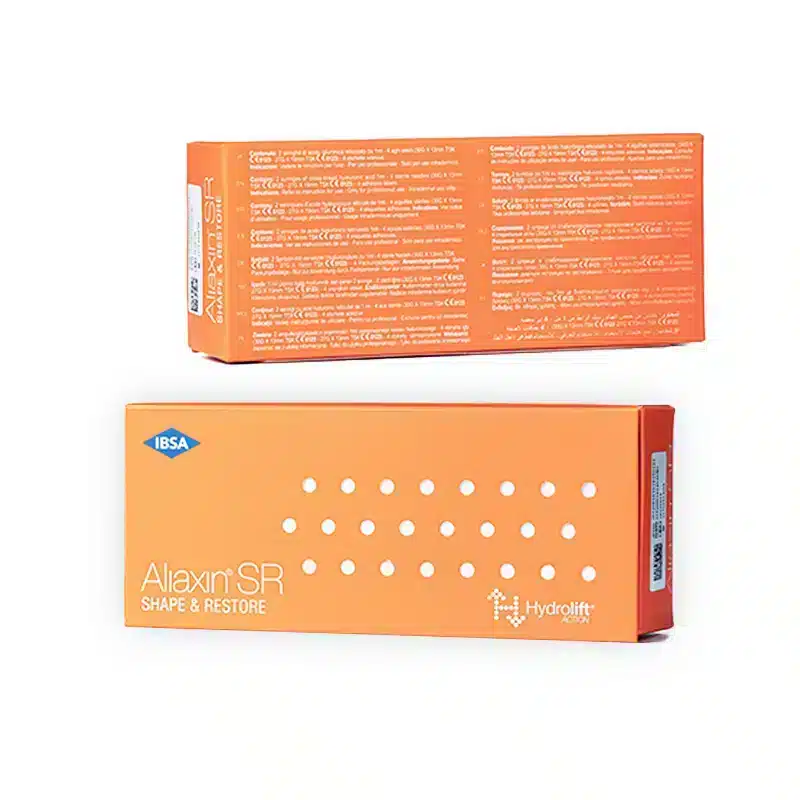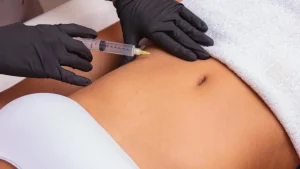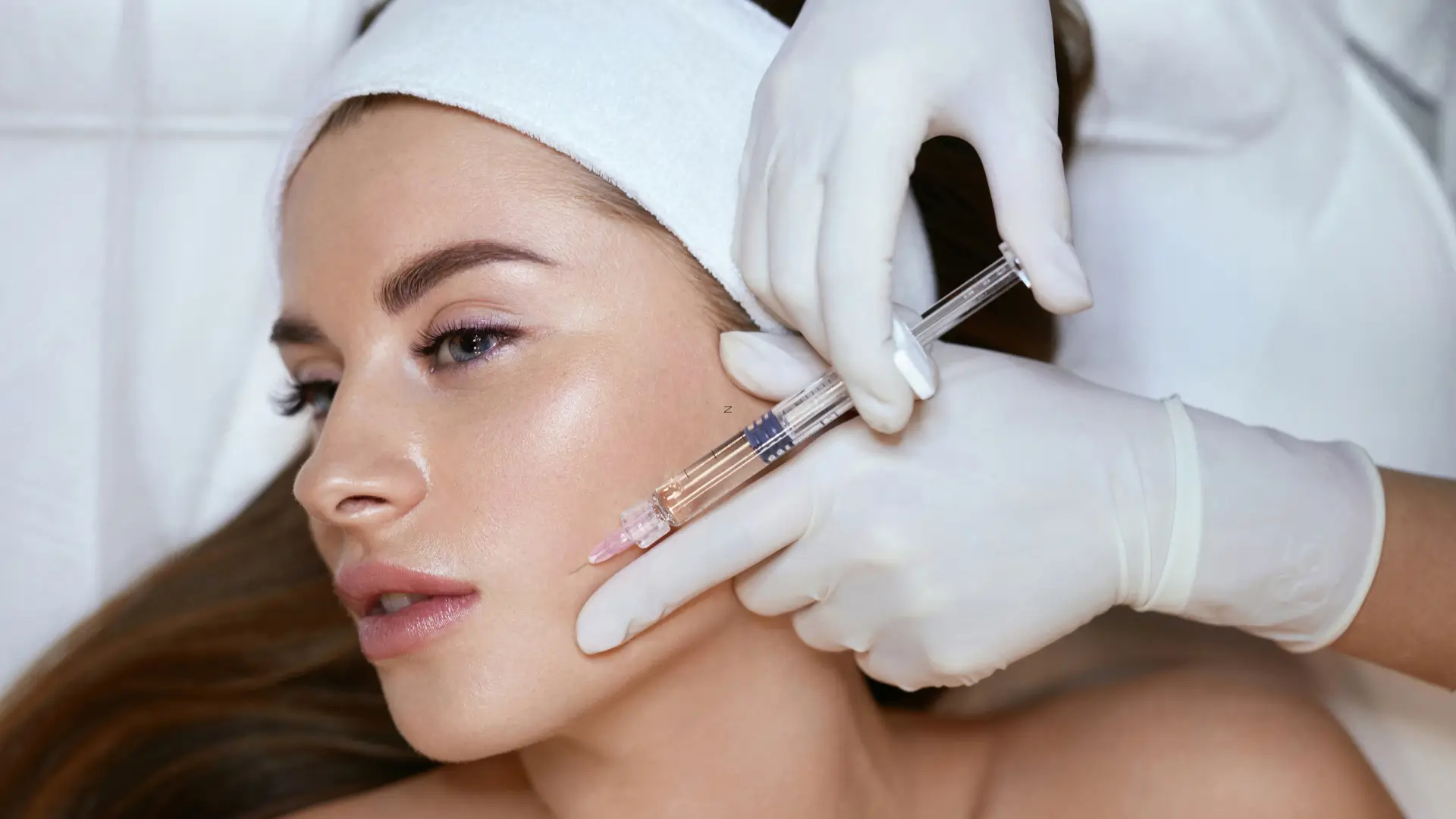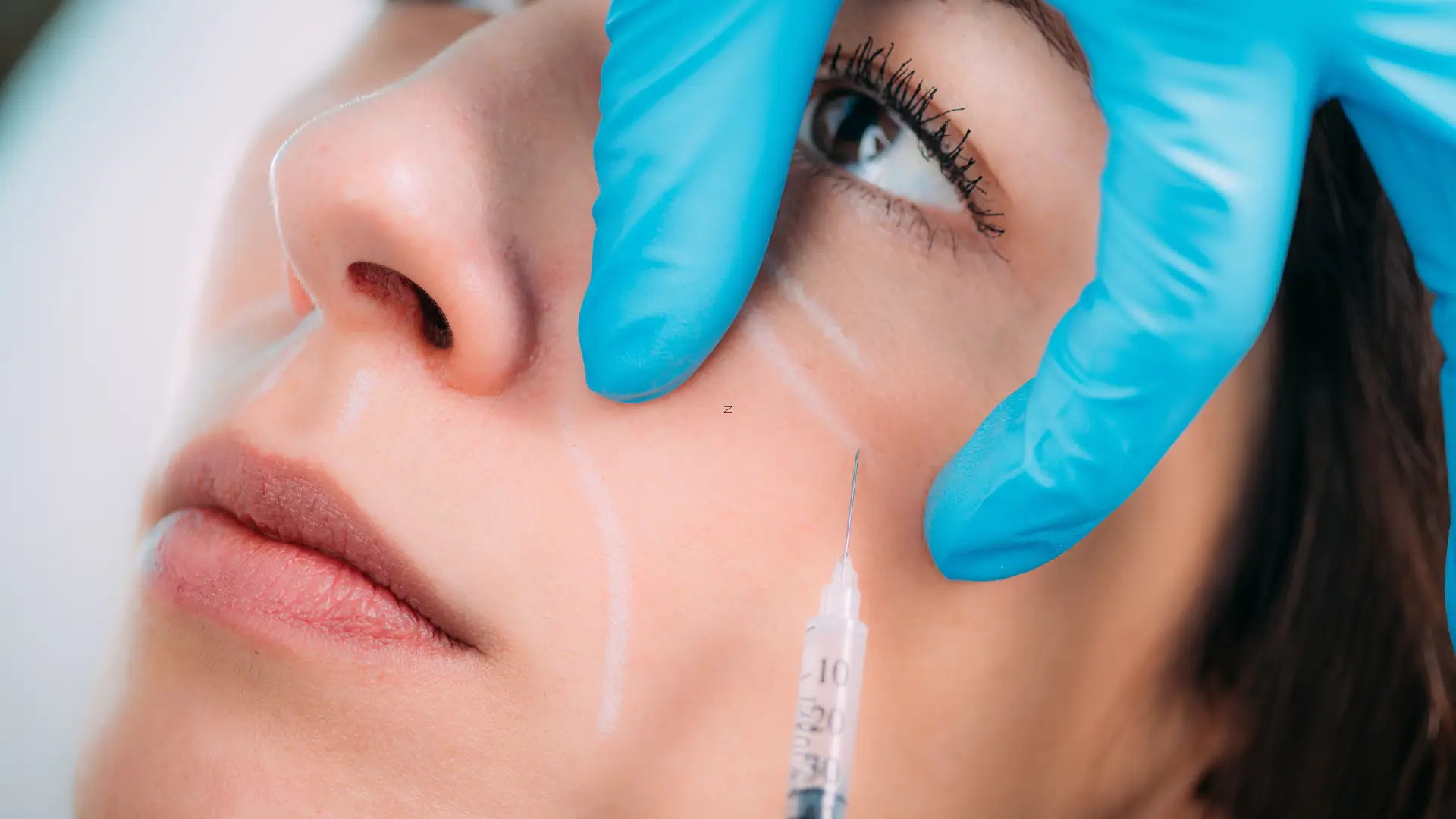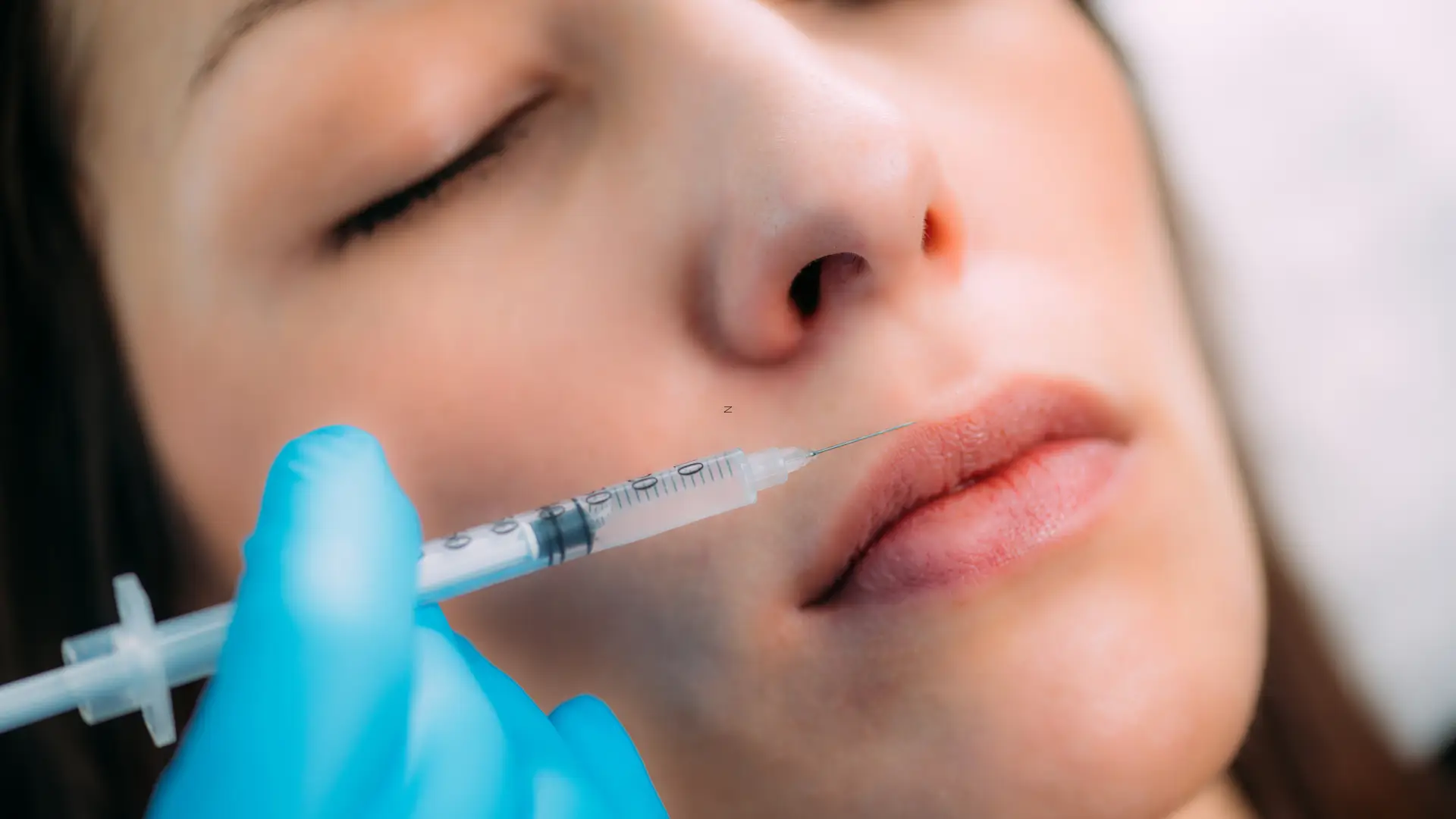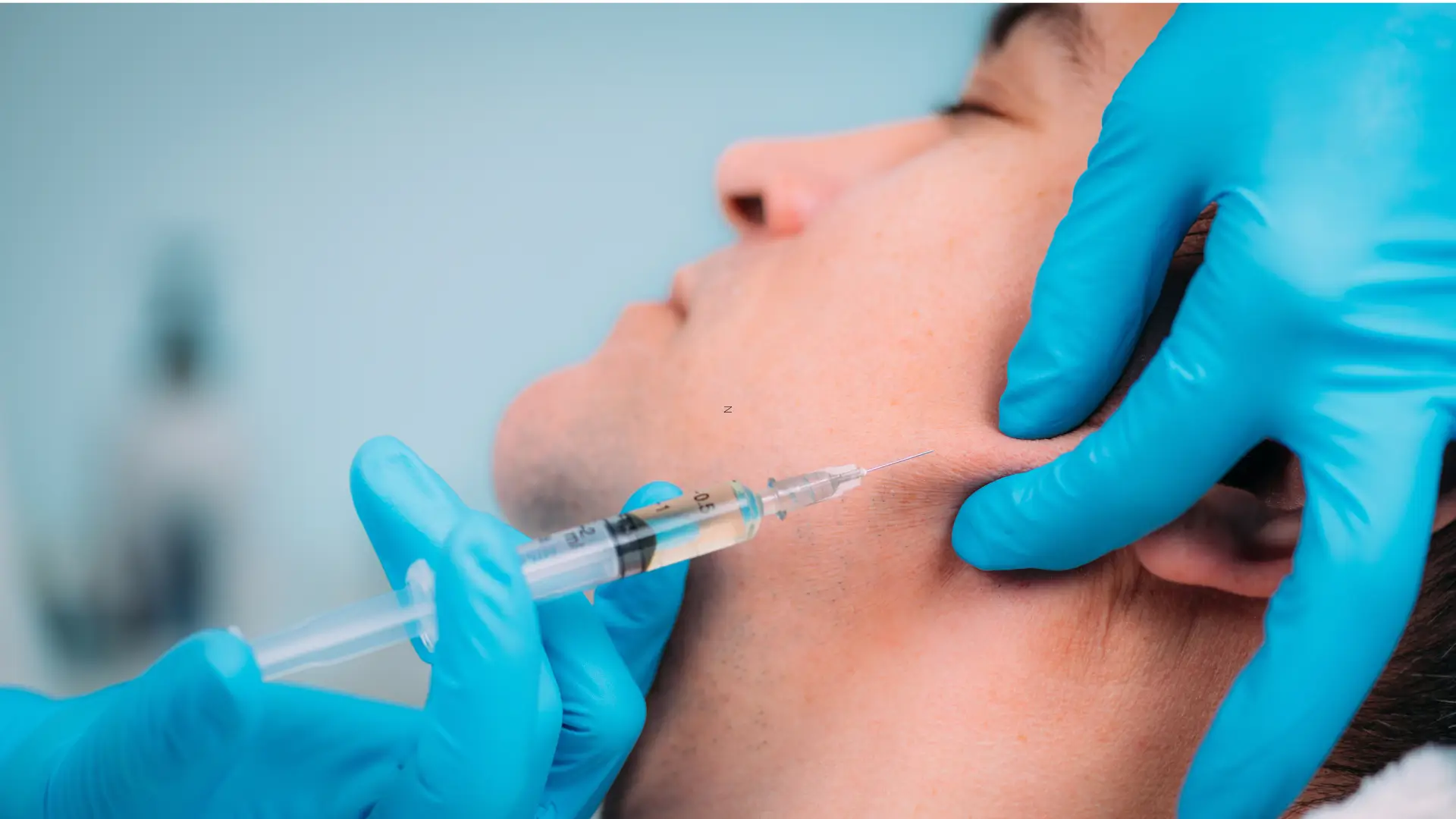A 2020 study revealed that dermal fillers deliver effective and safe results for individuals experiencing early signs of skin laxity and mild to moderate volume loss caused by aging. By restoring volume and refining facial contours, fillers help achieve a rejuvenated, youthful, and more balanced appearance, making them a go-to solution in aesthetic medicine.
Hyaluronic acid (HA)-based dermal fillers, such as Aliaxin and Restylane, have become leading non-surgical options for addressing marionette lines, nasolabial folds, and other visible signs of aging. These fillers are designed not only to enhance facial proportions but also to offer natural-looking results, ensuring high patient satisfaction.
In this article, we’ll dive into the differences between Aliaxin filler vs Restylane, comparing their formulations, applications, injection techniques, and how to select the best option for individual aesthetic goals.
Key Takeaways
- Both Aliaxin and Restylane dermal fillers effectively address facial volume loss and signs of aging, offering safe non-surgical options for rejuvenation.
- Aliaxin’s monophasic structure allows for seamless integration and natural-looking results, while Restylane uses innovative technologies to cater to specific treatment needs.
- Precise injection techniques are crucial for achieving optimal outcomes, emphasizing the importance of experienced practitioners for both filler types.
- Clinical studies have demonstrated the efficacy of both fillers in enhancing areas like nasolabial folds and lips, contributing to a more youthful appearance.
About: Medica Depot is your trusted all-in-one supplier, offering a range of high-quality medical injectables and supplies. Buy Aliaxin Fillers at Medica Depot today! Whether for health professionals, plastic surgeons, dermatologists, licensed estheticians, or other specialists, we can offer genuine, brand-name products you may need. With Medica Depot, we prioritize serving you better to improve the patient’s quality of life.
Understanding Aliaxin Filler and Restylane
As we age, the loss of subcutaneous fat causes facial muscles to operate closer to the skin’s surface, making smile lines and crow’s feet more prominent. This natural process, combined with the slight stretching of facial skin, leads to reduced volume and definition. Many individuals turn to dermal fillers as a practical solution to restore lost volume and diminish facial lines, achieving a rejuvenated appearance.
To address these concerns, IBSA Derma developed the Aliaxin filler product range, designed to combat volume loss, fine lines, wrinkles, and reduced facial definition. Known for its high tissue integration and stability, Aliaxin provides natural, long-lasting results that meet both practitioners’ and patients’ expectations.
Similarly, Galderma and their FDA-approved dermal fillers offer the Restylane product range. Each Restylane filler is tailored to specific treatment areas, effectively smoothing wrinkles, addressing facial folds, restoring volume, and enhancing facial contours.
Formulation and Composition
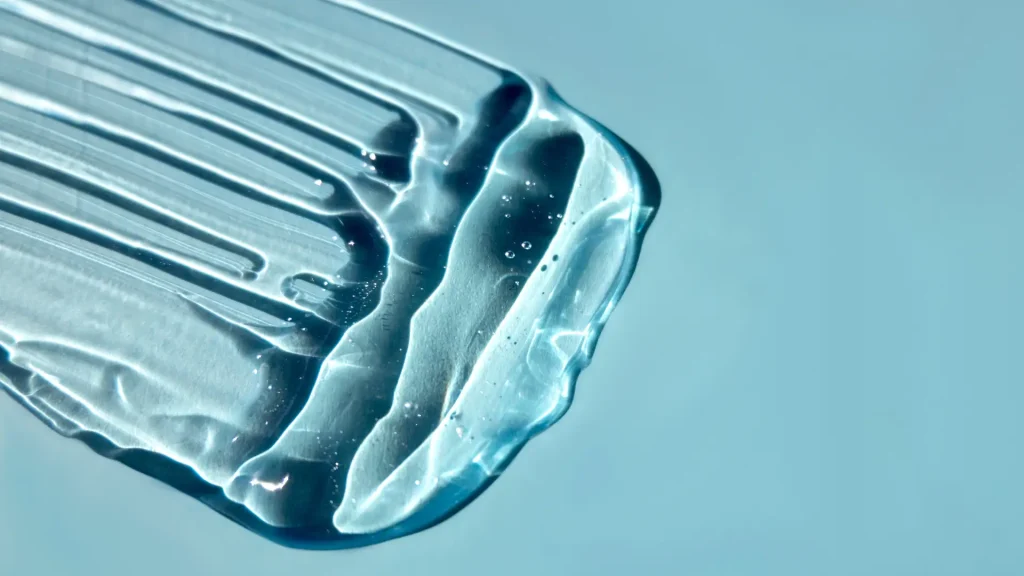
Aliaxin filler is crafted from ultrapure hyaluronic acid using advanced bio-fermentation techniques. Its monophasic molecular structure ensures seamless integration into the skin, offering stability and high tissue compatibility. By combining different molecular weights of hyaluronic acid, Aliaxin achieves natural, long-lasting results that align with patients’ aesthetic goals.
Restylane features a clear hyaluronic acid gel formulation that leverages two patented technologies: non-animal stabilized hyaluronic acid (NASHA) and XpresHAn. NASHA provides a firmer gel texture, ideal for precision and structural enhancements, while XpresHAn offers a softer gel designed to adapt to natural movement and expression.
When comparing Aliaxin filler vs Juvederm or Restylane, all capitalize on the benefits of hyaluronic acid but differ in their cross-linking and proprietary technologies. These differences impact their safety, effectiveness, and longevity, making it essential to choose the right filler based on individual needs.
Injection Techniques and Applications
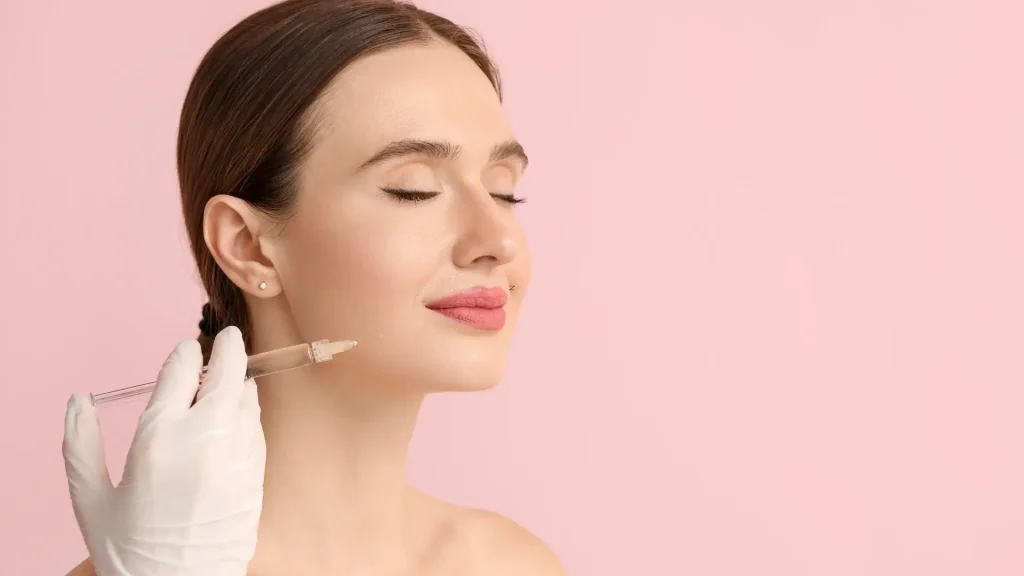
These minimally invasive dermal fillers require precise injection techniques and comprehensive administration knowledge, highlighting the importance of experienced and licensed medical professionals. Their expertise enables them to inject Aliaxin or Restylane appropriately into the treatment area to achieve optimal outcomes and minimize potential risks.
Practitioners may employ micro-droplet or bolus injection methods to use Aliaxin to target specific facial areas, including lips, cheeks, and nasolabial folds. Moreover, using fine needles or cannulas ensures smooth, comfortable procedures, resulting in natural-looking results.
On the other hand, Restylane is injected with ultrafine needles or cannulas, depending on the treatment area. Practitioners may use their preferred and proper injection method for the treatment area and concern to ensure precise placement and integration into dermal tissue, delivering immediate, long-lasting results.
Performance in Different Treatment Areas
A study utilized Aliaxin GP in combination with another hyaluronic acid-based dermal filler for skin rejuvenation. The results suggest that combining these treatments is safe for patients seeking facial rejuvenation procedures and offers long-lasting efficacy.
Nikolis et al. (2021) objectively measured the benefits of Restylane Kysse in lip augmentation and perioral enhancement. Their clinical study shows significant improvements in lip texture, redness, and fullness. The notable increase in surface stretch (dynamic strain) indicates tissue expansion and enhanced lip smoothness.
According to Restylane and Aliaxin filler reviews, both dermal filler injections have proven their efficacy in targeting nasolabial folds. Furthermore, studies from Sparavigna et al. (2018) and Hu et al. (2022) proved how these fillers minimized visible nasolabial folds and effectively rejuvenated the skin.
Selecting the Right Filler

When comparing Aliaxin Filler vs Restylane, patients must first consult a qualified medical professional. This step is crucial to determine the most appropriate dermal filler for each individual’s aesthetic concerns. A comprehensive consultation includes an evaluation of the patient’s skin type, treatment goals, and the specific areas to be addressed. Additionally, reviewing the patient’s medical history and identifying potential allergies are essential to ensure a safe and effective treatment experience.
The choice of filler should align with the patient’s unique needs and desired outcomes. Aliaxin and Restylane offer diverse formulations tailored to address specific concerns, from fine lines to significant volume loss. By customizing the treatment plan, practitioners can deliver optimal, natural-looking results that cater to the patient’s personal aesthetic goals.
Conclusion
Both Aliaxin and Restylane represent advanced options in the realm of hyaluronic acid-based dermal fillers, catering to diverse aesthetic needs. Aliaxin stands out for its high tissue integration, natural results, and formulations designed to target specific facial areas. On the other hand, Restylane offers a wide range of products with innovative technologies like NASHA and XpresHAn. These enable practitioners to address wrinkles, volume loss, and facial contouring with precision.
Selecting the most suitable filler requires a thorough consultation with a skilled practitioner, ensuring that the chosen product aligns with the patient’s unique skin type, aesthetic goals, and treatment area. By customizing the approach, both fillers can deliver safe, effective, and natural-looking results, helping individuals achieve their desired appearance with confidence.
FAQs
1. What are the main differences between Aliaxin filler and Restylane?
Aliaxin offers specific formulations designed for different areas of the face, allowing for more tailored treatments. Restylane, while also effective, has a broader range of products that may not target areas as precisely as Aliaxin.
2. What is the appropriate injection technique for Aliaxin and Restylane?
The appropriate injection technique for both Aliaxin and Restylane depends on the area being treated. Techniques may include linear threading, fanning, or micro-bolusing to ensure even distribution and natural results. A skilled practitioner will choose the best method based on the treatment area and desired outcomes to minimize discomfort and maximize effectiveness.
3. How effective are Aliaxin and Restylane for wrinkles and volume loss?
Both Aliaxin and Restylane effectively address wrinkles and restore volume. While results vary by product and individual skin type, many users notice immediate improvements, with optimal results appearing as swelling subsides. Regular follow-ups can help maintain and enhance the effects.
References
- Akinbiyi, T., Othman, S., Familusi, O., Calvert, C., Card, E. B., & Percec, I. (2020). Better Results in Facial Rejuvenation with Fillers. Plastic and reconstructive surgery. Global open, 8(10), e2763. https://doi.org/10.1097/GOX.0000000000002763
- Nikolis, A., Bertucci, V., Solish, N., Lane, V., & Nogueira, A. (2021). An Objective, Quantitative Assessment of Flexible Hyaluronic Acid Fillers in Lip and Perioral Enhancement. Dermatologic surgery : official publication for American Society for Dermatologic Surgery [et al.], 47(5), e168–e173. https://doi.org/10.1097/DSS.0000000000002917

